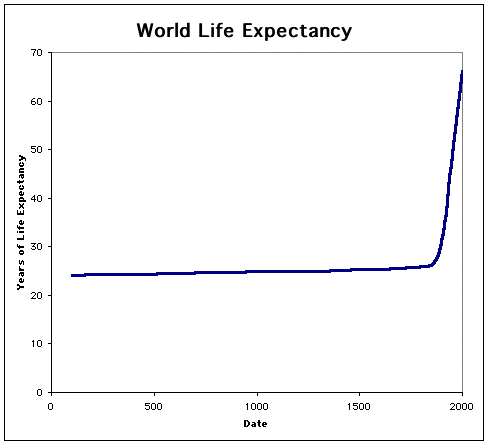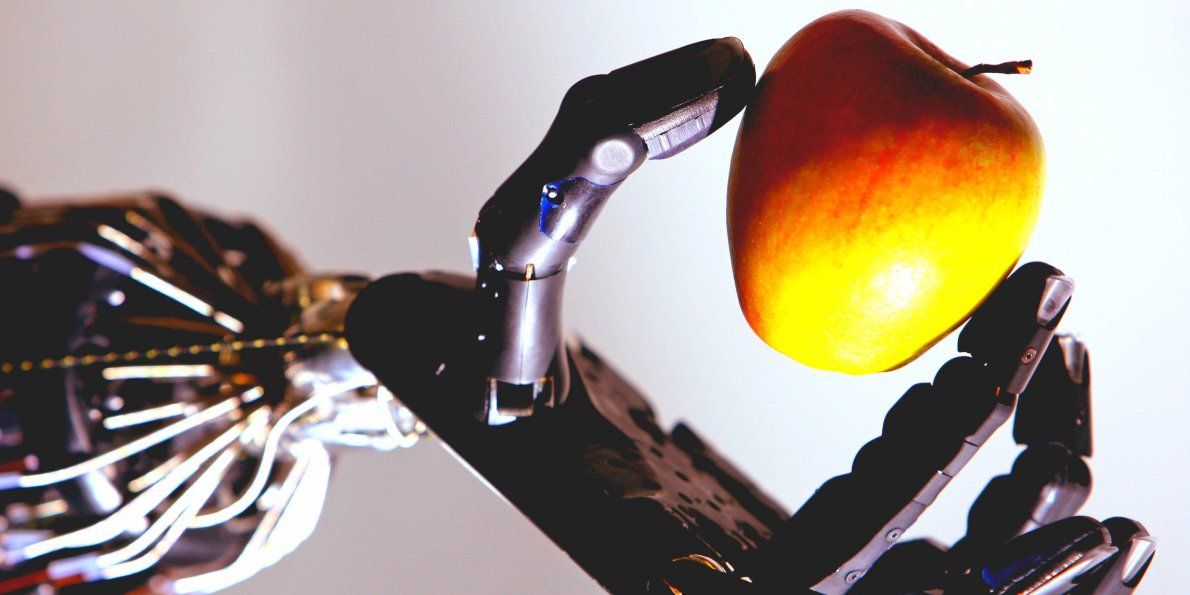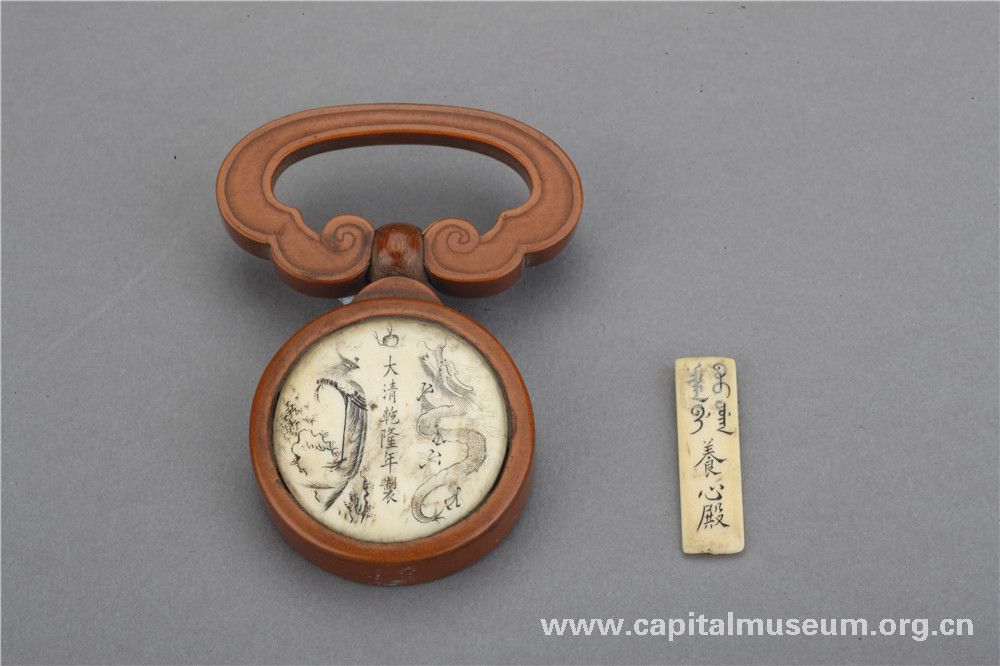Science fiction is inching closer to reality with the development of revolutionary self-propelling liquid metals—a critical step towards future elastic electronics.
While building a shape-shifting liquid metal T-1000 Terminator may still be far on the horizon, the pioneering work by researchers at RMIT University in Melbourne, Australia, is setting the foundation for moving beyond solid state electronics towards flexible and dynamically reconfigurable soft circuit systems.
Modern electronic technologies like smart phones and computers are mainly based on circuits that use solid state components, with fixed metallic tracks and semiconducting devices.





